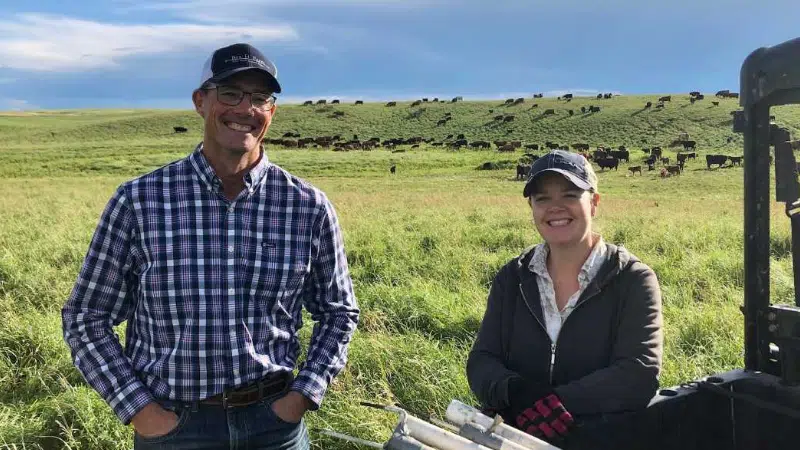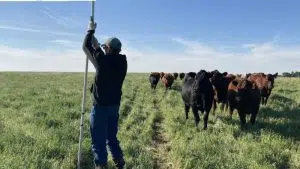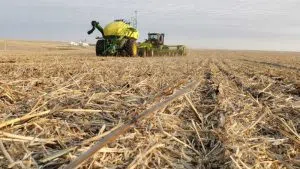
Dedicated producers shift focus to soil conservation
It’s hard work but at the end of the day, soil conservationist farmers in southern Saskatchewan are reaping the benefits of their research, networking and soil improvements.
It has been a long time coming for soil health efforts at Box H Farm, but Laura Hoimyr sees even more improvements that can be made on her and her husband’s 250 herd cow/calf cattle farm.
Fifteen years ago, the farming couple knew they wanted more out of their conventional grazing operation down near Gladmar and started making a conscious effort to make soil care a priority.
Perennial grazing with native and forage grasses seemed a better fit than throwing money into new equipment and fighting with the marginal acres they had, Hoimyr told farmnewsNOW. Now intensified rotational grazing has become their standard practice in order to have sufficient periods of rest for both the soil and the greenery as well as low levels of cattle traffic to withstand compaction.




